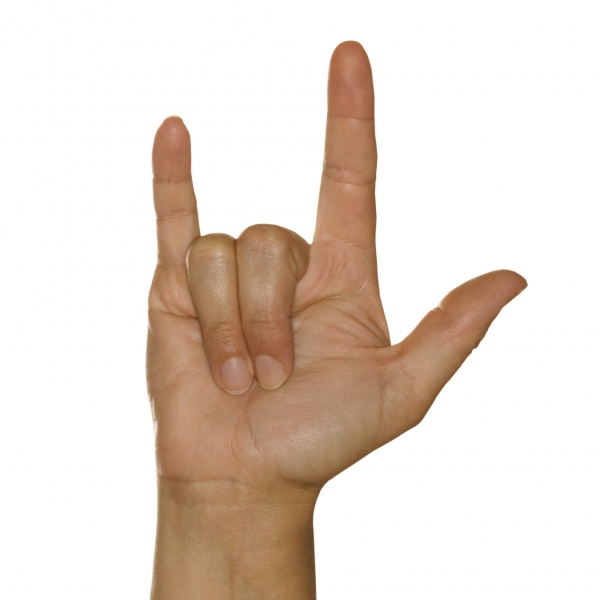
Do you feel that life is out of control, or that you are stuck in the same cycle of physical and emotional pain? It may be worth exploring the LifeLine Technique™ - an approach to healing that utilises the capacity of the body to self heal, using a range of approaches and modalities, all with the objective of harmonising imbalance and releasing subconscious emotions. Cathryn Murdoch is a certified LifeLine Technique™ practitioner who operates via her Cherish Healing practice, and was kind enough to share her knowledge of the technique with ntpages.
Firstly, tell us a little bit about yourself and how you came to be involved with LifeLine Technique™?
I worked in a number of different fields before I became a practitioner. This included coaching, development, recruitment, counselling, training and performance management. I have always wanted to make a difference and a positive contribution to the world, and was no longer fulfilled in a corporate role. I went through a sea change that included training in Ayurvedic massage and a search to find a technique that I could utilise personally. This led me to LifeLine Technique™, where I experienced its transformative power after a session in Adelaide."
What are the origins of the LifeLine Technique™?
"The LifeLine Technique™ was developed by Dr Darren Weissman, and is a healing system that draws on a range of modalities, with an emphasis on applied kinesiology or muscle strength testing, energy healing and Ayurvedic medicine – amongst others."
Briefly, what can the LifeLine Technique™ be used for?
"LifeLine Technique™ enables us to activate the subconscious element of our mind and have a direct influence on our physical and emotional health. Subconscious emotional patterns of reaction are behind every symptom, stress and disease – which in turn triggers behavioural and biological stressors. Symptoms are the way our bodies communicate with us, awakening us to the power of transformation and change. Lifeline Technique™ helps one to become conscious of the tools necessary for healing and becoming whole."
What impact has LifeLine Technique™ had on your life?
"It helped me to identify the traumas at birth, in childhood and adulthood that were still impacting in my life. More recently - with the help of a fellow practitioner – I quit smoking after three phone sessions."
What conditions or ailments do you treat?
"A practitioner could really deal with any illness. I have dealt with a case of breast cancer, though I tend to attract people with anxiety, depression, fear and emotional or physical trauma."
What are the central principles of LifeLine Technique™?
"I would say empowering people is the primary objective of the technique. It does this by allowing people to reconnect, create balance and thrive."
What can I expect from a typical consultation?
"There is a 16 step process which is unique to each individual, and incorporates elements of kinesiology, energy healing, NLP, reiki, aromatherapy, TCM and colour therapy – to name a few. During this process a number of aspects of a client’s emotional and physical state are evaluated including core limiting beliefs, identifiable stressors, leakages and the status of the individual’s meridians."
What is the role of the practitioner in the process?
"They provide a safe, confidential and ethical space for the client – feedback has been that for such a gentle process the power is amazing. At the conclusion of each session goals are determined and the actions to be taken by the client, which inspire accountability, empowerment and new behaviours."
Tell us a little bit about the use of hand mudras and chants during a session?
"When an imbalance is discovered, the client connects to a trigger or when an emotion is named, the practitioner uses the hand mudra for ‘I love you’ in American Sign Language (ASL) and the words ‘Infinite Love and Gratitude’. Due to the vibrational energy of these actions any imbalance is harmonised."
How much time should I allow for a LifeLine Technique™ session?
"Your initial consultations will typically run for 90 minutes, with subsequent sessions of an hour, though this is dependant on the individual of course."
How many sessions are typically involved for a client?
"This is entirely dependant on the individual and where they are in their lives. Some people may only require a single sessions, while others may need more."
How is it possible for you to offer phone and Skype sessions?
"I have found that phone sessions can be extremely effective, as there are no visual barriers to interfere with the process. When consulting over the phone I always request the client’s permission to act as a surrogate, and conduct the muscle testing on myself. These sessions are invaluable if the client is unable to travel."
If someone is interested in becoming a practitioner, how do they go about this?
"Dr. Weissman visits Australia every year and conducts training sessions in Adelaide. Accreditation involves a rigorous combination of written evaluation combined with the practical application of these skills. There are different levels one can work toward – it really depends how committed you are."
|
Do you have a natural health & wellness business? |









